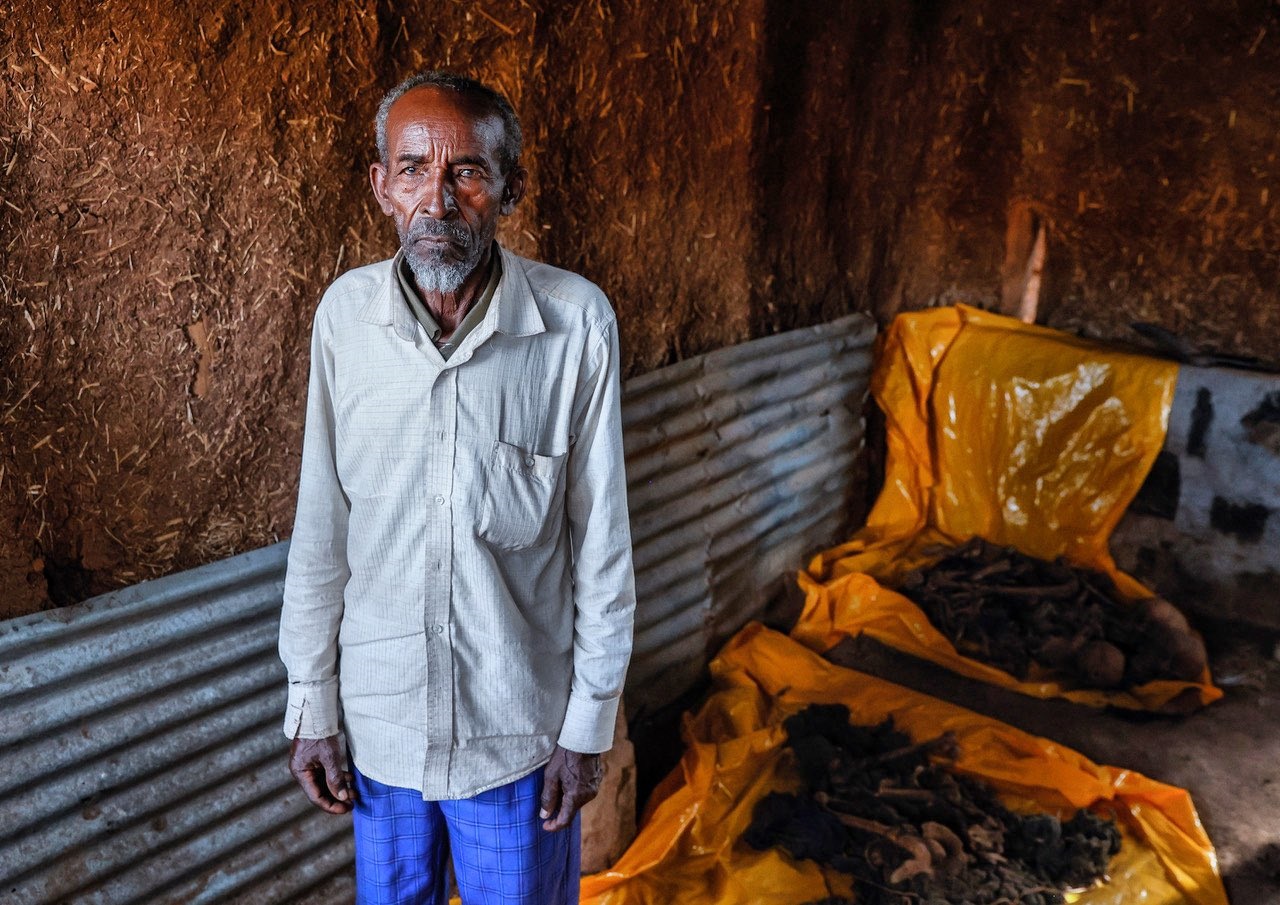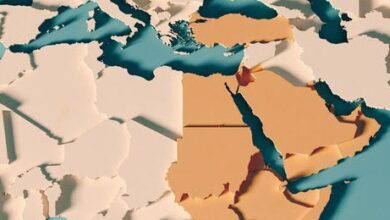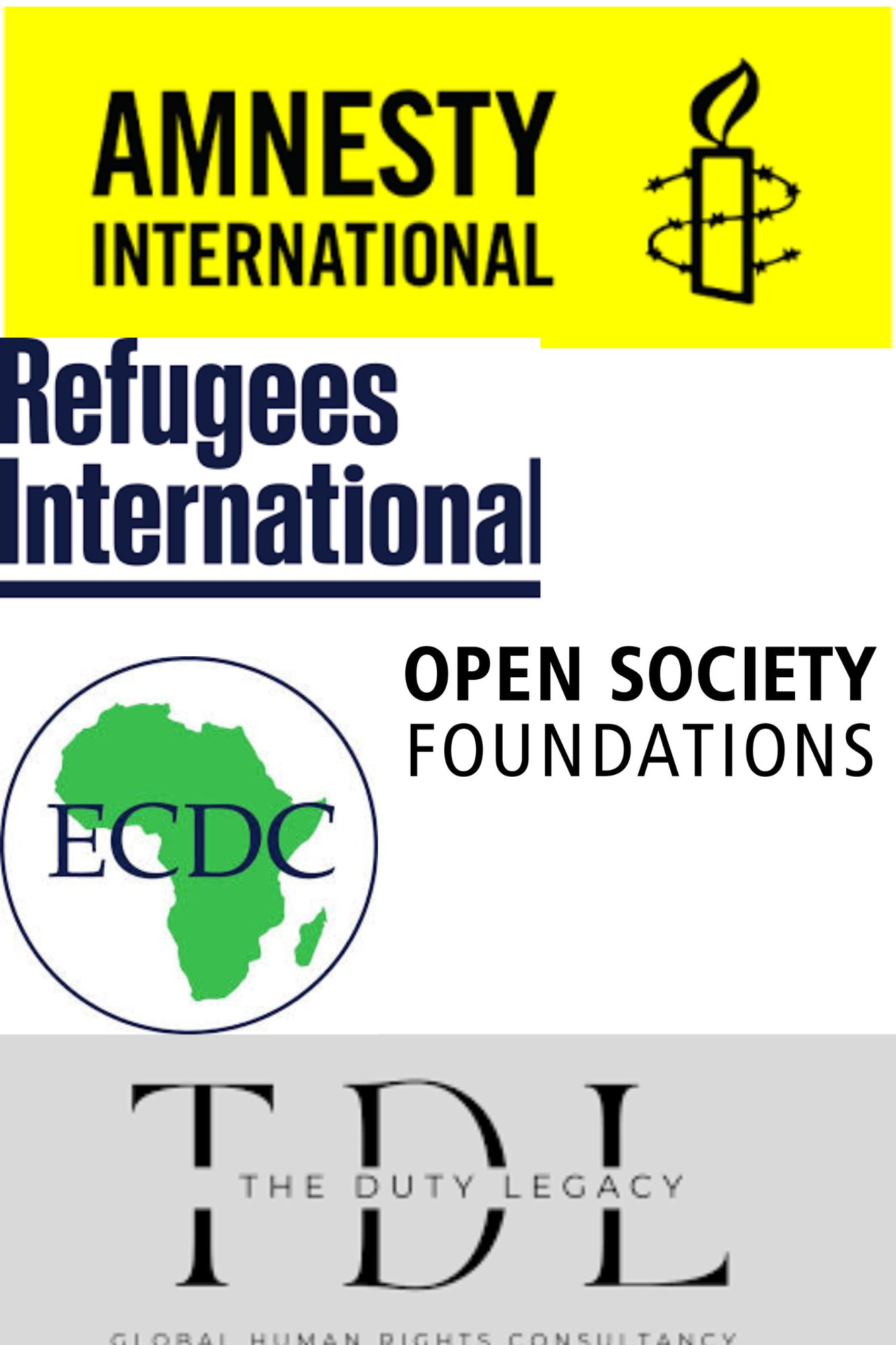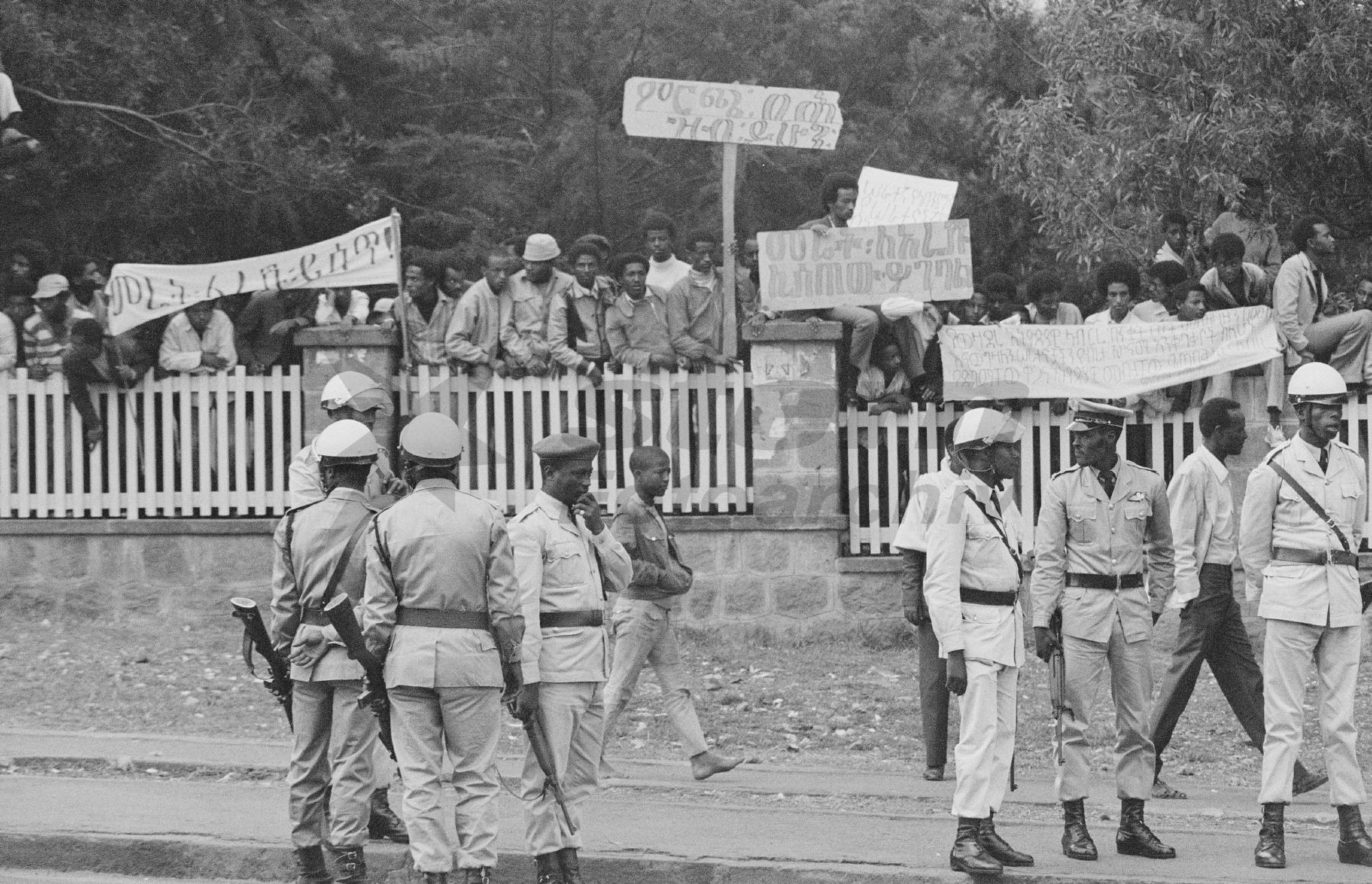
Far-reaching implications of an evolving quagmire
Though who first coined the phrase “geography is destiny” is uncertain, the expression nevertheless denotes a valid concept, in that history has repeatedly demonstrated that some geographical regions, irrespective of their size, bear more strategic, economic, and geopolitical significance. Consequently, destiny seems to have condemned such regions to be perpetually coveted by existing or upcoming powers and continually witness human evil and atrocities.
So has been Wolkait’s story for the last half-century.
From the get-go
Woyane (TPLF) way back, in the very inception of its “liberation struggle”, unabashedly expressed in its 1976 Foundational Document, “The TPLF Manifesto” that its aim of realizing the (Greater) Republic of Tigray rests on the forcible annexation of Wolkait and Raya Regions from the then Gondar and Wollo provinces of Amhara respectively. As recorded history testifies, at no time these regions had belonged to Tigray (Achamyeleh Tamiru, 2012). Woyane coveted then and covets Wolkait now for two main reasons stemming from its strategic geographical location:
a) Wolkait’s fertile land would be the bread basket of otherwise arable land-starved Tigray;
b) Wolkait would provide the only contiguous international border for Tigray (with Sudan) and thus exit to the international community.
To achieve its goal of seceding Tigray from Ethiopia and forcibly annexing Wolkait, Woyane (TPLF), started effecting the following strategies as far back as the 1980s:
- Rewrite history and propagate a new narrative: Write off Ethiopia’s rich, textured, and long history as a continuous polity of thousands of years built by its multi-ethnic, multi-religious constituents. Instead, Ethiopia’s existence would be recast as a recent occurrence, a mere byproduct of the European scramble for Africa, not older than a century!
- Single out the Amhara: The Amhara, depicted as the “colonial occupier” of the land of Ethiopia’s oppressed nations and nationalities, including Tigray, would provide a good focal point! Woyane’s demonization of the Amhara began as far back as the 1980s, way before it assumed power in Addis, and continues to date. Once the other ethnic groups of Ethiopia have been “assisted” to identify the Amhara as the common enemy, they would be rallied behind armed as well as non- armed (e.g., propaganda) campaigns that target the Amhara.
- Decapitate (notable families and opinion makers), Cleanse (depopulate) Wolkait of its original inhabitant Wolkaite Amharas: Once the area has been physically occupied by Woyane, Wolkait would be victor’s spoil. No sooner Woyane got a foothold in Wolkait in the 1980s, it started a campaign of depopulating native Wolkaites, started first by physically liquidating notable families and all those who commanded public respect and were opinion makers, followed by the ordinary common folk. Wolkaites that have survived this initial 1980s purge of the Woyane are dispersed around the world, including the West. The few Wolkaites that have survived the recent 2018 Woyane massacre (Mai Kadra) fled to Sudan and nobody knows whether they have survived the recent upheavals in Sudan.
- Resettle (repopulate) Wolkait with TPLF-selected settlers: Once the Wolkaite native Amharas have been purged, their land was redistributed to the so-called Tegadelti (TPLF conscript fighters)families. Thus the demography of Wolkait has been methodically and artificially altered since the 1980s.
- Seek buy-in for Woyane’s narratives and policies from its backers: Woyane first would leverage its Arab allies and funders (for geo-strategic reasons i.e. the Red Sea and Nile, have been pursuing hostile policies against Ethiopia) as well as its Western backers (who, for geopolitical and ideological reasons, were compelled to stand against the then dictatorial Mengistu’s communist dictatorship that was in alliance with the then Soviet Union) to support its “liberation war” materially, morally and diplomatically as well as through robust information campaign (using their respective well-established internationally renowned media houses and names).
“Success“ as a harbinger of strategic failure
Woyane seems to have succeeded in implementing on the ground the above-outlined five strategies. But then, one should ask, what have been the consequences of Woyane’s success first for Ethiopia (including for the Wolkaites and the Amhara) and second for the Horn of Africa Region and beyond?
The evidence for the implications is overwhelming for anybody willing to notice.
For over half a century now, Woyane has been leading the assault on the Amhara, rallying all surrogates it has cloned in its image across the country. Soon after it captured state power the TPLF pursued overt and covert policy of isolating and marginalizing the Amhara, going to the extent of artificially altering the demographic representation of the Amhara in the national census and purging Amhara in the public administration system. Soon after Woyane (EPRDF) captured Addis in 1991, it oversaw the first physical liquidation (mass murder) of Amharas (in Arba Gugu, Oromia), later in Beni Shangul and other places. The killings of Amhara in Oromia, particularly in, Wollega which escalated ever since 2018 after PM Abiy assumed power, are still going on. Following the 2021 Woyane-instigated Tigray War, Amhara (and Afar) bore indiscriminate mass killings (e.g. in Mai Kadra, in parts of Gondar and Wollo). PM Abiy’s Prosperity Party, essentially Woyane’s EPRDF in a new guise and name, has continued what was started under Woyane, i.e. targeting and killing Amharas.
The entire Amhara region has now been turned into the killing field – by the Ethiopian Defense Forces (the Army and Air Force). The Amhara region has been encircled, road transport disrupted, and telecommunication services severed; an embargo has been placed on the region to access fertilizers; the army started its pacification campaign in Amhara timing it to disrupt critical farming operations (tilling, weeding, and harvesting) so that the region can be starved into submission. Meanwhile, the people organized under the Fanos are waging resistance. The Amhara are selected for eviction from Addis Ababa, their homes demolished. The Amhara are under restriction to enter Addis Ababa. Amhara youth are randomly picked and arrested in the capital. Even Amhara parliamentarians are not spared. They have been simply hauled, humiliated, and locked in prison, such has been the fate of Christian Tadele, Dr. Desalegn Chanie, and Yohannes Buwa Yalew, all parliamentarians, whose immunity could not provide them any protection whatsoever.
It is within this overall context of the deterioration of Ethiopia’s political stability the Wolkait issue needs to be appraised. Wolkait is a critical piece, perhaps it could turn out to be the proverbial last straw that breaks the camel’s back and leads to the complete failure of Ethiopia as a state.
The failure of Ethiopia will likely invite the involvement of neighboring countries and regional and global players with a vested interest in the Horn and the Red Sea. Somalia has failed, and Sudan has followed. The addition of Ethiopia, over 120 million, to the mix (over 80 million) will not bode well for the Horn of Africa, the rest of Africa and beyond. The failure of Ethiopia will open the gates to violent non-state extremist actors such as Al Shabab; which could trigger a mass exodus to Europe across the Mediterranean and the Middle East and threaten the stability of neighboring Kenya, further cascading to southern Africa.
As Mr. Mike Hammer, Special Envoy for the Horn of Africa contemplates his next mission to Addis Ababa, we hope he will weigh the far-reaching consequences of Wolkait. Wolkait, seemingly a small corner in a small region of Ethiopia, could be etched into history, disproportionate to its size- either as a place where a breakthrough toward a lasting, fair, and just peace was made or as a notorious spot that lit the flame that ignited the failure of a great nation and a great people.




